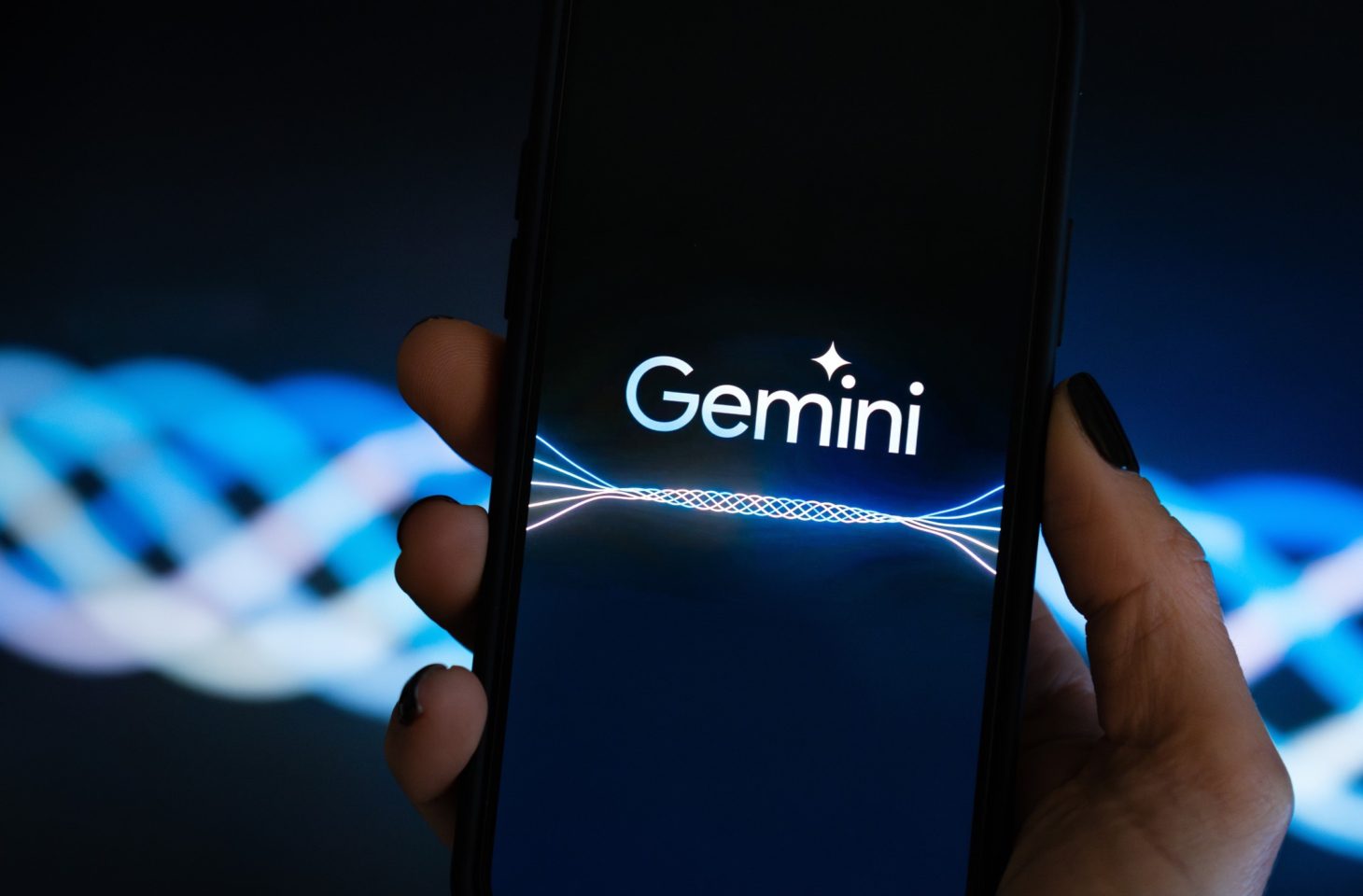Google open source watermarks for AI text
- October 24, 2024
- 0
Google is making SynthID, a watermark it uses to tag AI content, open source to developers. Generative AI tools are getting better at creating text, images and even
Google is making SynthID, a watermark it uses to tag AI content, open source to developers. Generative AI tools are getting better at creating text, images and even


Google is making SynthID, a watermark it uses to tag AI content, open source to developers.
Generative AI tools are getting better at creating text, images and even videos. Are you worried that you will soon no longer be able to distinguish between what a human does and what an AI does? Google wants to continue to maintain distinction with SynthID, a tool it is making open source starting today, as announced at X.
SynthID is a watermark that identifies AI-generated content as such and can be applied to text, images and videos. Google first introduced the technology in August last year. The version that Google now makes available is designed for AI-written texts.
The watermark is placed in the metadata in such a way that it is invisible to the naked eye but can be recognized by systems. This happens when writing the text. Google is confident that its watermark is stronger than alternatives and that it does not compromise on quality, accuracy, creativity and speed. The tool would have more difficulty with shorter, factual texts than with long texts.
SynthID is already integrated into Gemini today and now Google is making the watermark available to developers to integrate into their AI systems. Google also uses SynthID to label images and videos created by its own AI.
Source: IT Daily
As an experienced journalist and author, Mary has been reporting on the latest news and trends for over 5 years. With a passion for uncovering the stories behind the headlines, Mary has earned a reputation as a trusted voice in the world of journalism. Her writing style is insightful, engaging and thought-provoking, as she takes a deep dive into the most pressing issues of our time.